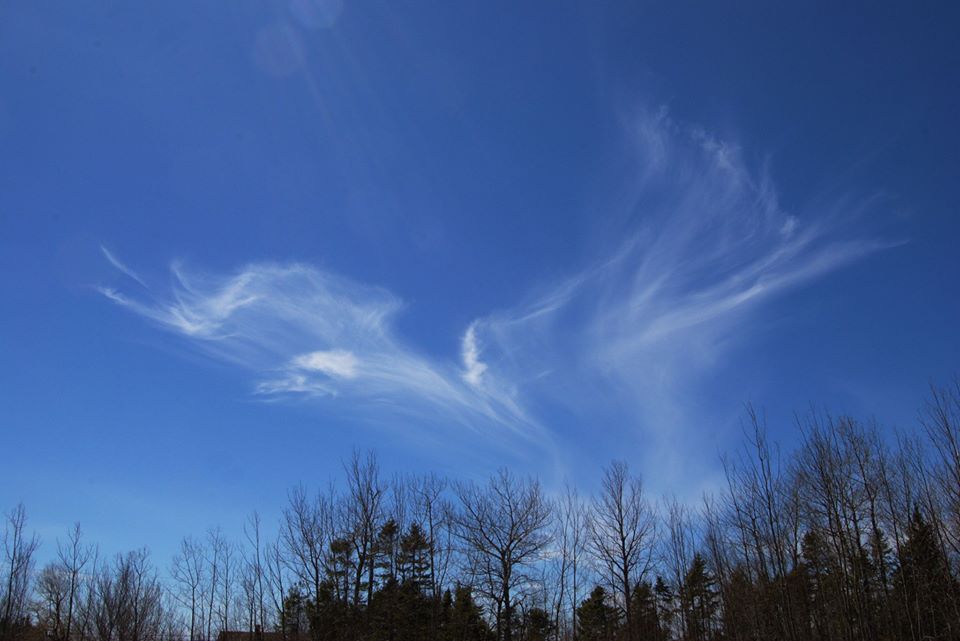Some people like to note the precise arrival of the summer solstice (this year in the Northern Hemisphere it was June 21, 11:57 a.m. Atlantic Daylight Savings Time).
I watch for a less quantifiable but no less magical moment each June: peak lupin
‘Peak lupin’ occurs when the maximum number of wild lupin stalks are in bloom before the bottom petals start going to seed. Don’t feel bad if you aren’t familiar with this term; I made it up. I believe we hit peak lupin late last week around the same time as the solstice.
Lupins (Lupinus polyphyllus) added beauty to my mornings and afternoons in pre-COVID times when I commuted to a work site five days a week. Every June I reveled in the swaths of purple dotted with pink and white on either side of the highway. Nowadays I’m working from home, but we’re blessed with an ever-expanding crop of lupins in our yard. The pinks are my favourite, although there’s a particularly fine cluster of white blooms just up the road on my regular walking route. When I pass them, I stop and run my hand along the silky petal poufs. They feel like tiny pillows encased in the finest linens.

I’m a bit of a lupin purist, preferring the naturally occurring hues (indigo, violet, magenta, blush, icy pink, white) over the more varied shades of cultivated varieties. Purple is by far the dominant lupin colour here in northern Nova Scotia.
In fact, I’ve noticed purple and yellow is the prominent wildflower colour scheme here in late June-early July. The lupins’ biggest competition for the prize of ‘most purple’ is another member of the pea family: tufted vetch (Vicia craca). The climbing vine is also known by a couple of other names: cow vetch, presumably because it is a favourite delicacy for grazing bovines; and bird vetch, perhaps due to the individual petals resembling a bird in flight. I’ve been known to call it “son of a vetch” when it invades my flower beds and tangles itself around the other plants.

Clusters of sunny yellow bird’s-foot trefoil (Lotus corniculatus) and meadow goatsbeard (Tragopogon pratensis) make a striking contrast to the tufted vetch along the shoulders of the road and in the ditches. The same palette is repeated just up the road from our home where blue flag irises (Iris verdicolor) grow along a stream that bisects a meadow, bobbing like purple buoys in a sea of sunny buttercups.

This colour will soon give way to pink wild roses and white Queen Anne’s lace, but will return later in the season in the form of goldenrod and asters.
